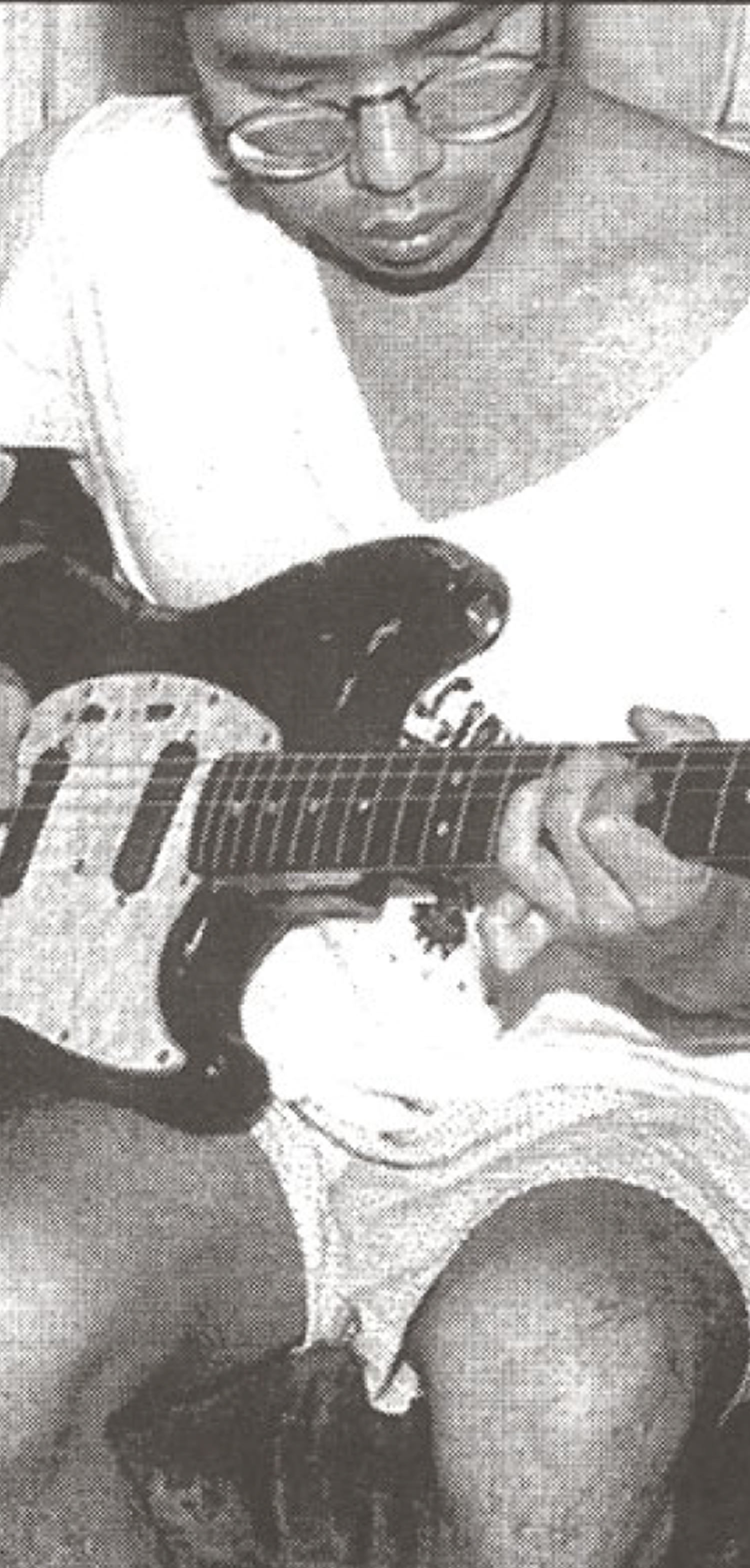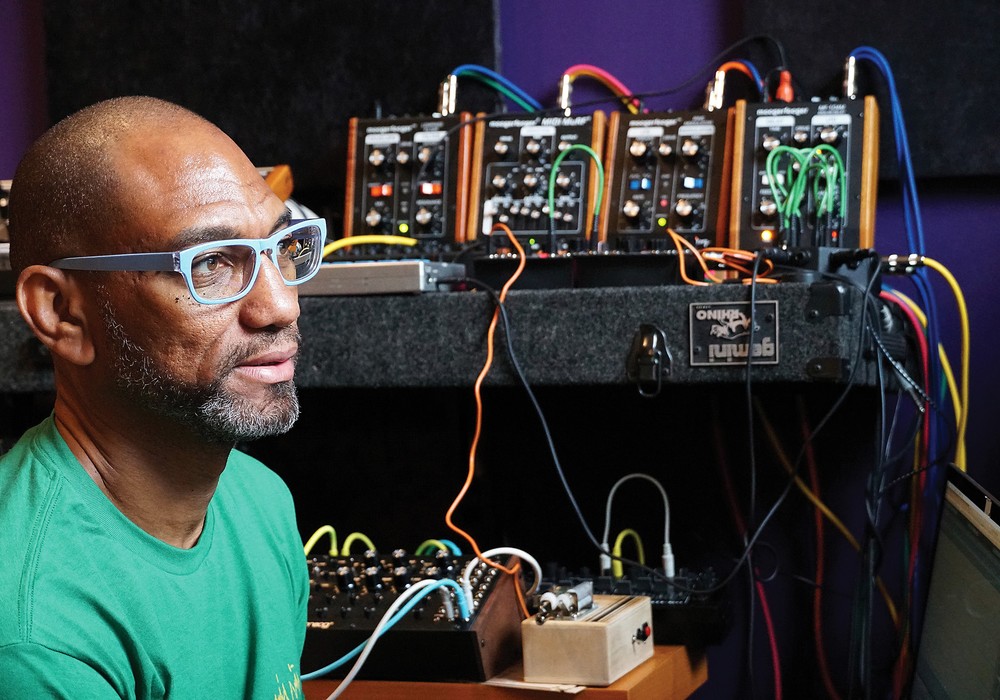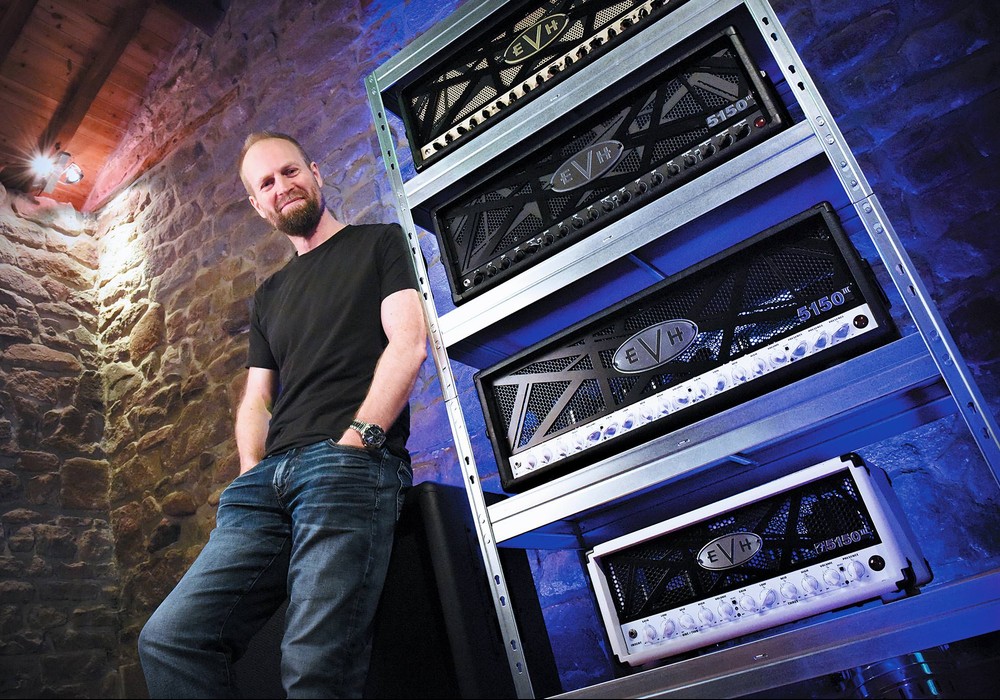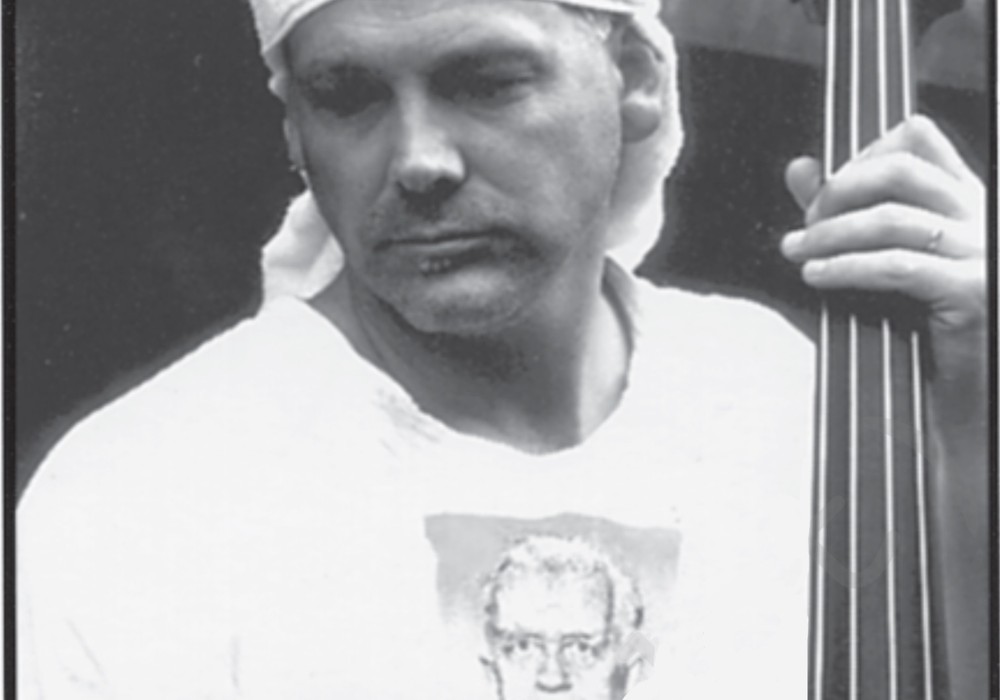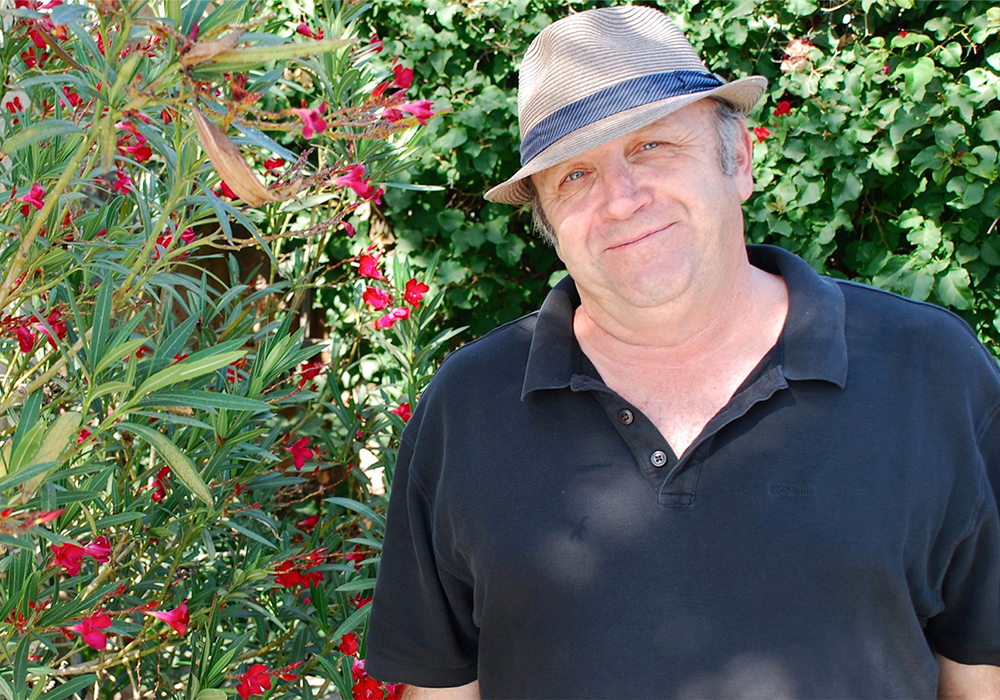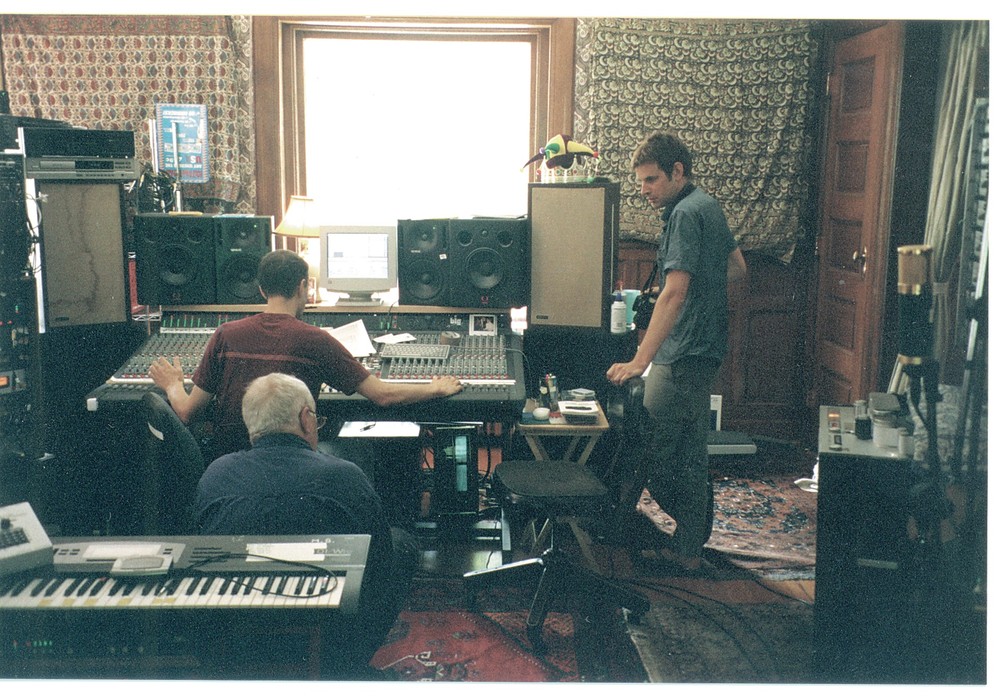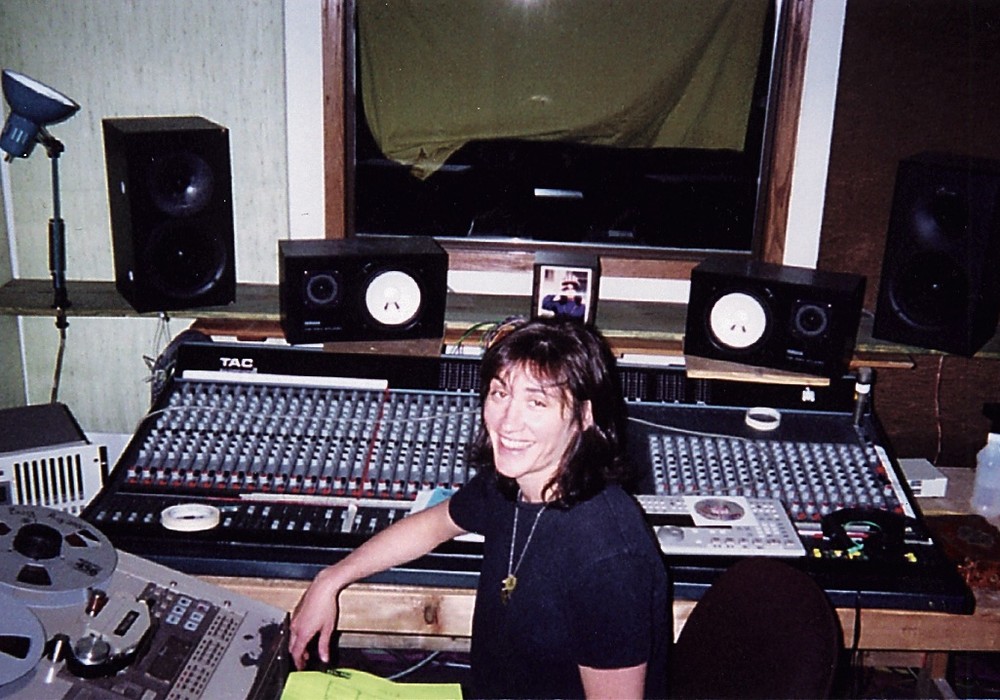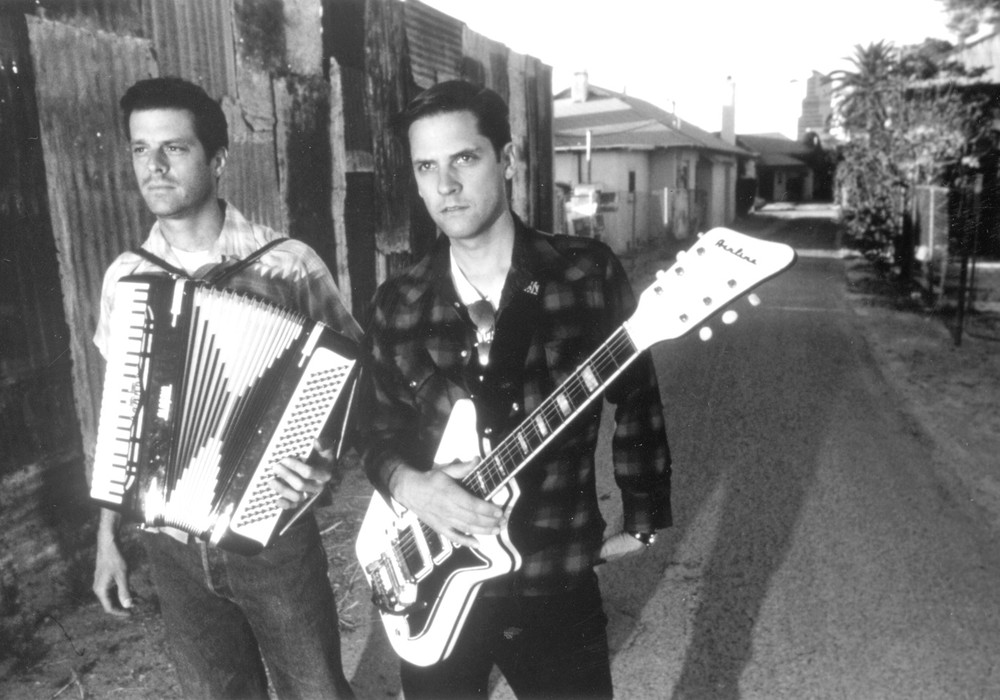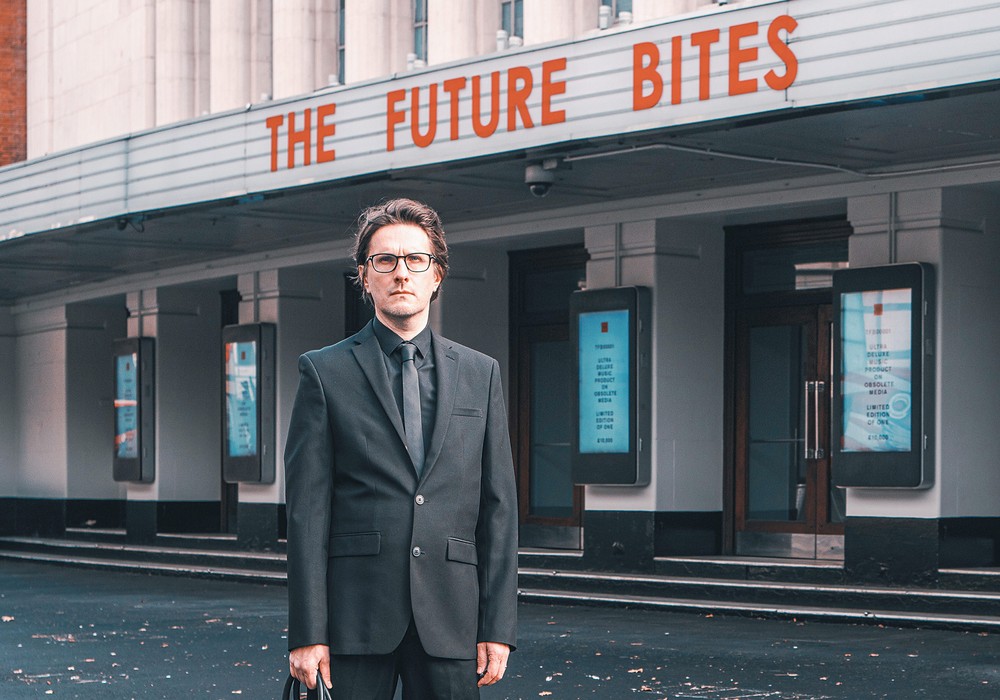Where were you in 1973? Maybe you were a 10 year old kid like me, or maybe a bit older and checking out you older siblings record collections. Hell, maybe you weren't even born yet. I bet you weren't running around Cleveland in a VW bus full of recording gear and instruments. I'll also bet you weren't ever credited with being in a "punk" band before punk even existed.
Paul Marotta was there. He's a man of many talents and contradictions. Maybe he helped usher in the early art-punk scene in Cleveland but now he manages the not-for-profit New World Records, a classical, jazz, folk, and world-beat label. He created some of the most whacked out music ever heard but he'll suggest that musicianship is a very important quality. He's also considerably gracious and a blast to talk to! Consider this quote from Paul (from the recently released Those Were Different Times CD booklet on Scat Records):
"Our personalities, musical and otherwise, forced us to work in a vacuum. There were no record labels who would pay for recordings, no "producers" to help us get a sound, no engineers to teach us about recording. Low-cost home recording equipment wasn't invented yet. None of the bands even had a guy hanging out to do sound for us at our gigs. Consequently, the master tapes I used were either live cassettes (the mid 70's was still relatively early in the development of cassette recording technology), basement tapes, and some studio recordings; all of widely varying quality."
So what was the gig you just had? Was that a Styrenes gig?
Umm, no. I also play bass in a swinging bachelor-type band. It's a nice, easy gig and I just like to play. We did a CD that just came out and that's nice too. Then, last night, we did a Styrenes session at a 24 track studio here.
No way.
We did four new songs.
Who all's in the band at this point?
Well, Mike Hudson [of the Pagans] is still singing with us. The bass player 's Al Margolis and the guitar player's a friend of mine who I'd played with his band in Germany and he came in for the week so he played guitar with us. That was piano, guitar, bass, drums and vocals.
Did you have a good time with it?
We had a great time. It was a good, hard session. One of the problems that I have leading Styrenes is that I play the piano and that means that most small studios don't have pianos. If I want to play a piano that's got any kind of tone to it I have to go to an expensive studio. That's okay. There's a 24 track here, it's a big studio, and the rate's $65 an hour including engineer. You know, we cut four songs last night and we're gonna have to redo the vocals, but essentially we're almost done. The session and tape, together, cost me about $900. It's not bad.
It should sound like a piano, not like some strange, muffled, over EQ'd thing.
Right.
Well, this conversation's mostly gonna be about the ...Different Times CD. It mentioned in the liner notes that you pulled up in the micro-bus with all this recording gear. Was that in '74?
Actually in '73.
What kind of stuff did you have back then? I think a lot of our readers can't understand that you couldn't even get 4 track cassette decks back then.
Right! At that time what I would have brought was a tube reel to reel deck, º" 7Ω ips. A cassette deck. Four small mixers. Cables. Mostly lots of microphones and cables; with all that crud you've got to patch it all. That's where it starts to get weird. We used to use Shure Vocalmasters as recording mixers and one of the advantages to that particular unit was you didn't need to have speakers plugged into it. Most PA amplifiers, if you don't have a load on it, it blows out. The Vocalmaster was always cool because you didn't need to have speakers plugged into it.
So you could just use it as a mixer.
Like you said, people forget that those things didn't exist. A board that had line outs was unusual.
Would you record a lot of stuff as a practice session and a home recording session?
What I liked to do a lot was to double-tape microphones [together] so that the band would play as if they were regularly practicing and not really pay attention to the recording and not try to worry about the sound. Then there'd be a second microphone that was essentially taped right to it. That feed would go into the recording. That way, if the singer needed to get on top of the microphone for rehearsal, he could do so without blowing up the recording.
So you would have that running to a separate mixer and have that going to your reel to reel.
Right.
You see that in older films of bands playing where they used to do that before they figured out mic splitting.
All the stuff that's been out by the Electric Eels was recorded that way.
Totally home made. Did you know any other people doing stuff like that back then?
Around that time there was another group... they were more a bunch of jazz-bo's. They called themselves Moonbeams or Moondream or something like that. They actually had a four track Ampex and I thought that was pretty cool. We bought our first four track Teac 3440 in 1975 and I think it ran us about $1700. In...
